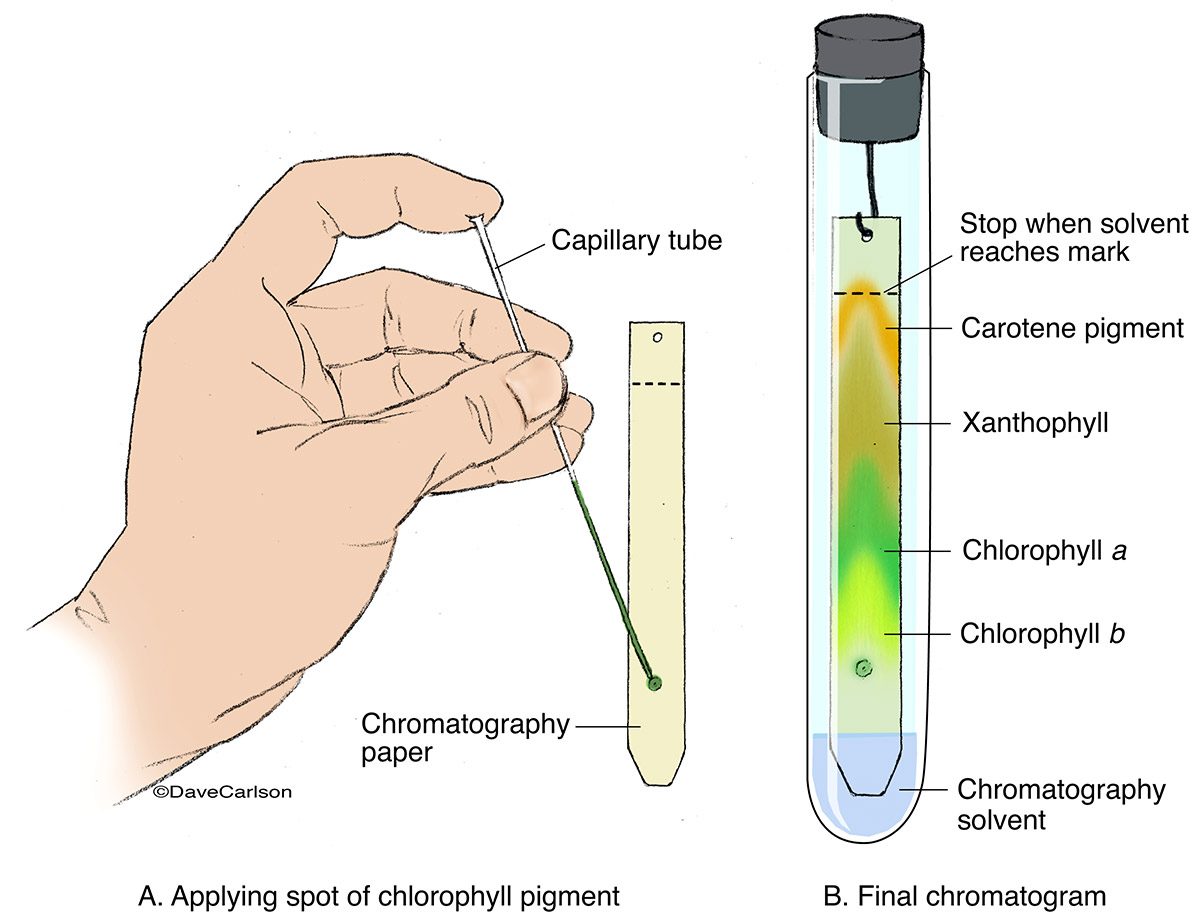Paper Chromatography
It is a technique to differentiate and separate colored compounds. It is available in various types one is rotating paper chromatography in which paper is cut into a circle and two solvents are used to mark the different solvent front. It contains three things, the mobile phase, stationary phase, and chamber. The mobile phase generally is non-polar solvent and paper consists of cellulose which is adsorbent.
The principle of this technique is partition between mobile and stationary phase.. The mobile phase travels up because of capillary action. A drop of standard and reference is marked on the paper and it is run then Rf value is calculated.
History:
Its is history is not so old but it was first discovered in 1943 by Martin and Synge. They worked for the constituents’ isolation from plants and then identification using this paper chromatographic technique. But after 1945, it took a turn and new advancement came into this field.
Applications:
- Isolation of compounds from a mixture.
- Amino acids, vitamins, antibiotics, and proteins are separated using this technique.
- Analysis of pharmaceutical drugs.
- To check the impurity present in a substance.
- To analyze blood and urine samples for metabolites.
- Time-consuming process.
- Not a preparative method.
- Corrosive material can’t be used for detection.



